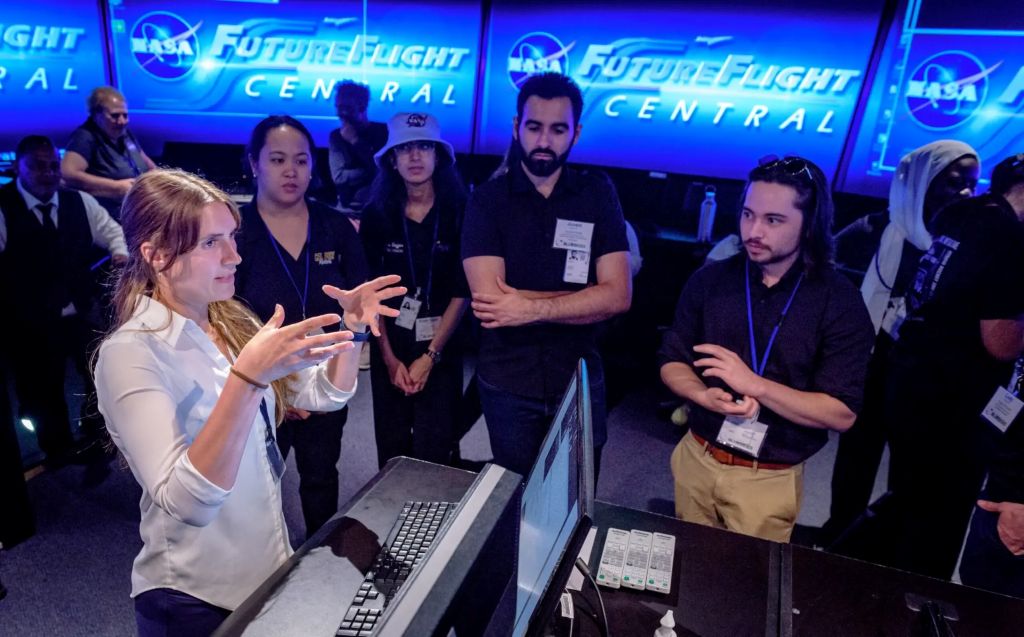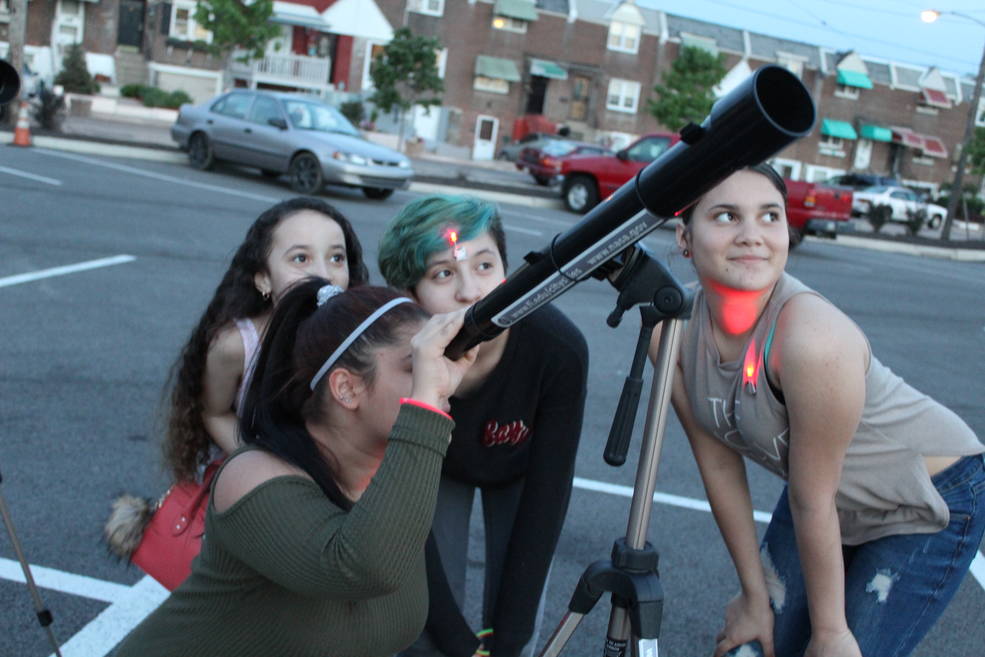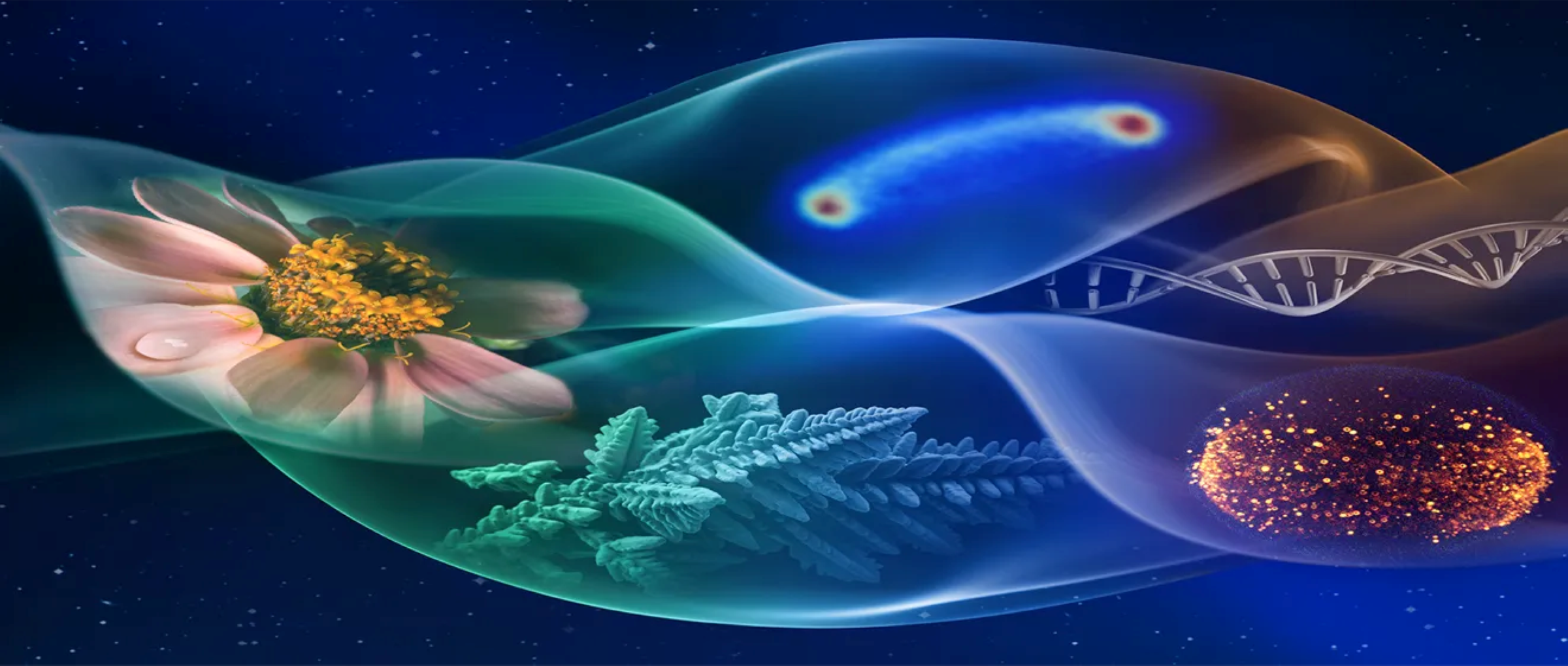Collegiate Teams to Focus on Aviation Solutions for Agriculture in 2025 Gateways to Blue Skies Competition

In the 2025 Gateways to Blue Skies Competition, the theme is AgAir: Aviation Solutions for Agriculture. NASA asks collegiate teams to investigate either new or improved aviation capabilities that could assist the agriculture industry by improving production, efficiency, environmental impact and extreme weather/climate resilience.
The agriculture industry plays a vital role in providing food, fuel, and fiber for the global population. However, it is facing several challenges, including limited resources and growing demands to reduce agriculture’s environmental impact while increasing its climate resilience.
With a growing world population, the demand for food continues to rise, putting pressure on available resources such as arable land, water, and energy.
The changing climate exacerbates these challenges by leading to unpredictable weather patterns, extreme temperatures and natural disasters affecting crop yields and livestock.
Agriculture and Aviation
NASA Aeronautics is dedicated to expanding its efforts to assist commercial, industry, and government partners in advancing aviation systems that could modernize capabilities in agriculture.
“This is an area where innovative aviation technologies can really make an impact on an industry that is so vital to the health and sustainability of our planet,” said Bradley Doorn, program manager for NASA’s applied sciences agriculture area. “The agriculture industry is already on the forefront of technology adoption to support growing demands on production, from quantity to quality to withstanding increasing environmental and social pressures. More opportunities exist to help with a wide range of applications, particularly within aviation systems. It could be very exciting to see what students conceptualize within this theme.”
Nothing but Blue Skies
The Gateways to Blue Skies competition (aka Blue Skies) encourages diverse, multidisciplinary teams of college students to conceptualize unique systems-level ideas and analysis to an aviation-themed problem identified annually.
It aims to engage as many students as possible from all backgrounds, majors, and collegiate levels — freshman to graduate.
In this competition, participating students in teams of two to six will select an aviation system or systems that can be applied to a specific area of agriculture. Competitors must choose technologies that can be deployable by 2035 or sooner.
Teams will submit concepts in a five-to-seven-page proposal and accompanying two-minute video, which will be judged in a competitive review process by NASA and industry experts.
Up to eight finalist teams will receive up to $8,000 each to continue their research to develop a final research paper and infographic, and to attend the 2025 Blue Skies Forum to be held in May 2025 at NASA’s Armstrong Flight Research Center in California.
Forum winners who fulfill eligibility criteria will be offered the opportunity to intern with NASA Aeronautics in the academic year following the Forum.
Joining Up
“Going into our fourth year, we continue to see excitement increasing both at NASA and throughout the universities for the Gateway to Blue Skies Competition,” said Steven Holz, NASA’s Blue Skies co-chair. “Aviation solutions to this year’s challenge could have monumental impacts on the future of the agricultural industry, which is the foundation of our everyday lives.”
Teams interested in participating in the competition should review competition guidelines and eligibility requirements posted on the Blue Skies competition website.
Teams are encouraged to submit a non-binding Notice of Intent by Oct. 22, 2024, via the website. Submitting a notice ensures teams stay apprised of competition news. The proposal and video are due Feb. 17, 2025.
Blue Skies is sponsored by NASA’s Aeronautics Research Mission Directorate’s University Innovation project and is managed by the National Institute of Aerospace.
For full competition details, including design guidelines and constraints, relevant resources, and information on how to apply, visit the Blue Skies website at: https://blueskies.nianet.org/





